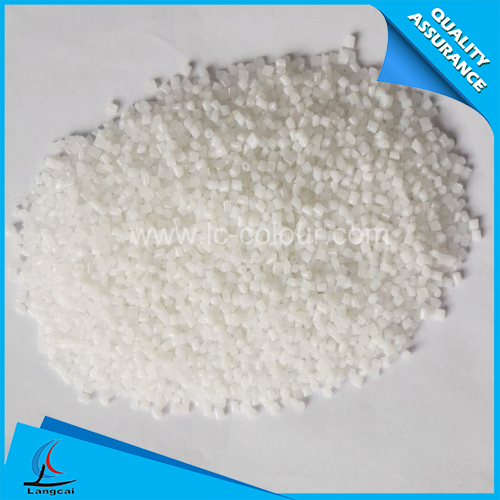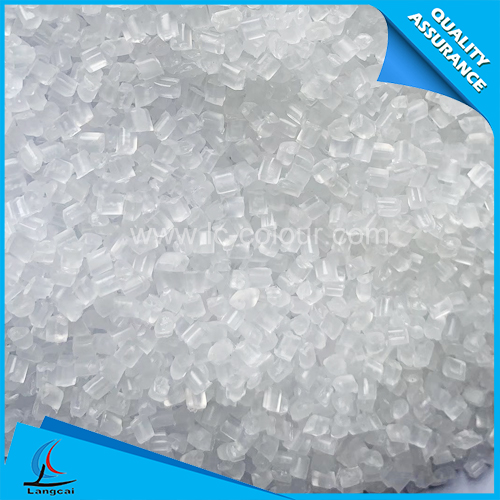- Nonwoven Fabrics
- Tailor Made Masterbatch
- Plastic Masterbatch
- Chemical Fiber Masterbatch
- Functional Masterbatch
- Machinery
- Spunbond PP Nonwoven Masterbatch
- Mono Color Masterbatch
- Liquid Color Masterbatch
- Non-woven Masterbatch
- Polyester Fiber Masterbatch
- Nylon Fiber Masterbatch
- Polypropylene Fiber Masterbatch
- Lab Nonwoven Machine
- Lab BCF Machine
- Dryer
- Filler Masterbatch
- How can the refined cotton industry navigate through the trade fog between China and Japan
- Why choose Mono Color Masterbatches? Three major advantages highlight value!
- The "Symbiotic code" between domestic and overseas markets
- The application advantages of Plastic Masterbatches are remarkable!
- How will the "balanced development of imports and exports" be promoted during the "15th Five-Year Plan" period?
- Why choose Mono Color Masterbatches?
- Phone:00836 - +86-535-8484358
- Email:wendy@ytlc-colour.com
- Address:DALAN INDUSTRIAL PARK, ZHANGXING TOWN, ZHAOYUAN CITY, SHANDONG, CHINA
Polypropylene Fiber Masterbatch is an innovative fusion of color and function!
In the chemical fiber industry, color masterbatch, as the core raw material for plastic coloring, its stability, environmental friendliness and color expressiveness directly affect the market competitiveness of the terminal products. Yantai Liangcai Plastic Technology Co., Ltd. has been deeply engaged in the field of Polypropylene Fiber Masterbatch for many years. Relying on its independent research and development and production advantages, it provides customized color solutions for polypropylene product enterprises such as non-woven fabrics, rope nets, and geotechnical materials.
In the field of textile and materials science, polypropylene fiber has become a core material in outdoor equipment, industrial filter cloth, medical supplies and other fields due to its light weight, high strength, wear resistance and chemical corrosion resistance. However, the presence of tertiary carbon atoms in the polypropylene molecular chain leads to its poor thermal stability, and it is difficult for traditional dyeing processes to achieve uniform coloring. Against this backdrop, Polypropylene Fiber Masterbatch, as a key carrier of pre-spinning coloring technology, not only solves the dyeing problem by pre-dispersing pigments in the polymer matrix but also endows fibers with lasting color and multi-functional properties, thus becoming a core element driving the industry's upgrading.
The core of polypropylene masterbatch lies in the uniform dispersion of pigments in the matrix. The traditional dry powder method of pigments is only applicable to the fields of coarse denier fibers such as injection molding due to insufficient control of particle size. Modern wet-process masterbatch production technology, through pigment refinement treatment, combines organic metal compounds or cationic organic nitrogen compounds as dye acceptors to reduce the pigment particle size to less than 1 micron, ensuring uniform luster on the fiber surface and avoiding color spots and streaks. For instance, Zhejiang Jincai New Materials Co., Ltd. has adopted nano-scale pigment dispersion technology, enabling the dispersion of polypropylene masterbatches in spunbond nonwoven fabrics to reach an industry-leading level.
As a cross-product of materials science and textile technology, Polypropylene Fiber Masterbatch is reshaping the industry ecosystem through technological innovation and industrial upgrading. From the nanoscale breakthrough in pigment dispersion to the diversified application of functional masterbatches, from the color revolution in the textile field to the performance upgrade in the industrial field, color masterbatches are not only tools for fiber coloring, but also the core driving force promoting the development of the industry towards green, intelligent and personalized directions.
- Why choose Mono Color Masterbatches? Three major advantages highlight value!
- How can the refined cotton industry navigate through the trade fog between China and Japan
- The application advantages of Plastic Masterbatches are remarkable!
- The "Symbiotic code" between domestic and overseas markets
- Why choose Mono Color Masterbatches?
- How will the "balanced development of imports and exports" be promoted during the "15th Fi
- What are the prominent advantages of Plastic Masterbatches?
- The opening ceremony of the 9th China Textile Intangible Cultural Heritage Conference was
- Explore the performance optimization and efficient coloring of Mono Color Masterbatches!
- What pressure does the United States' promotion of US-India trade cooperation bring to Chi


